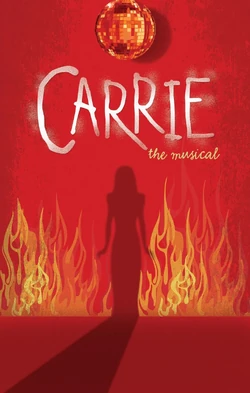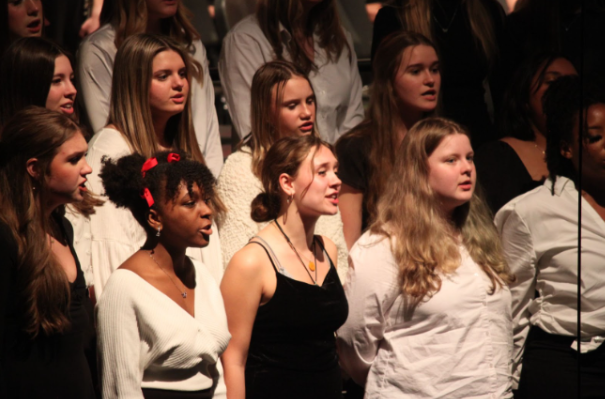The Oxford Dictionary defines a sport as “an activity involving physical exertion and skill in which an individual or team competes against another or others for entertainment.” Marching band meets all of the criteria that would technically make it a sport. However, since it involves musical aspects, a debate arises around if marching band should be classified as a sport or an art.
In marching band, participants have to march with their shoulders always facing the front (unless they are turned to the back field) which means their upper bodies have to face the front while their lower bodies have to twist in the direction they wish to go in. This may sound easy, but it can be difficult and uncomfortable. Posture is also important in having a tall, forward presence. Shows are usually ten minutes long, and they require a lot of stamina as well as the ability to sustain a good posture and marching technique.
Other than technical posture, musicians in marching band must develop the skill to march while playing an instrument. Midlo senior and marching band veteran Taylor Bower said “the biggest struggles I had were marching correctly, learning and memorizing the music quickly, and staying in step while playing difficult rhythms.”
Furthermore, carrying heavy instruments, such as the bass drum and contra can be painful, which makes marching band increase in difficulty. “I got a lot of cuts and bruises from doing various things in band over the years, but the worst injuries I had were a bruised thumb from repeatedly hitting it against the rim of my drum and a stress fracture in my right foot from marching incorrectly during the first week of band camp,” Bower said.
Although it has its difficulties, performers enjoy marching band, especially once marching becomes second nature. “We rehearsed the music and drill so much that by the end of the season you’ll be able to perform the entire show in your sleep,” Bower said.
Along with the marching band, the color guard performs by throwing batons, spinning rifles, and catching six-foot poles to the music of the band. “I thought that learning to spin the flag would be such a fun experience when I was searching for an after-school activity,” senior Louise Bosch said. Bosch joined the color guard last year. “As a percussionist who is always using my wrists to make music, I easily picked up this new hobby. Flag-spinning involves tons of wrist movements, and it works muscles that require a lot of practice and time.”
Performing in front of the audience poses a challenge. “The first time was definitely nerve-wracking, but it was an adrenaline rush. I dropped the flag a few times, but I learned to pick it right back up and carry on with the show,” Bosch said.
The marching band creates mesmerizing formations and plays upbeat music. Props, backdrops and a lively performance make marching band into a physically-demanding, but artistically-satisfying experience. Because of the physical requirements and coordination required to put on a show, marching band has earned the right to be called a sport.














